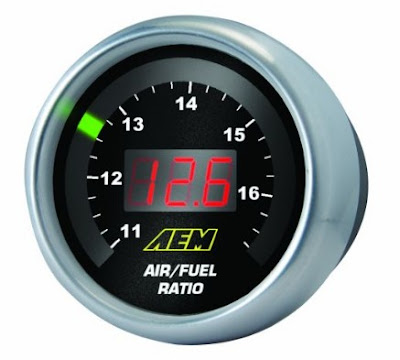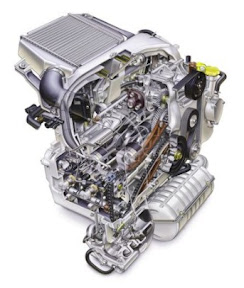
Installing such fierce components is not half as tricky as what is made out. The first point of call is finding a good and trusted dealer who can source you these hard to find parts at a fair rate. Now, if you have a Subaru Impreza then you may have to shop around.

Benefits of EFI (Electronic Fuel Injection — What’s the Essential Ingredient?
 Installing an EFI into your speedy love machine of joy (and ride of instant happiness) really does offer improved drivability and an enhanced driving experienced that makes maintenance on the carburettor a doddle, the main part that you need is a oxygen sensor!
Installing an EFI into your speedy love machine of joy (and ride of instant happiness) really does offer improved drivability and an enhanced driving experienced that makes maintenance on the carburettor a doddle, the main part that you need is a oxygen sensor!The O2 sensor (other synonyms include: oxygen sensor, EGO/EG sensor, lambda sensor etc — to name a few) is the most vital aspect of any EFO. It is much akin to a common spark plug, but sits within the exhaust manifold further up beyond the catalytic converter.
How does the oxygen sensor improve the engine’s combustion and performance rate?
It works something similar in essence to a miniature battery and when it is at it’s optimum temperature it kicks out a voltage based on the ratio of oxygen : exhaust gas : natural air thereby monitoring the levels of each. If any ratio is unbalanced then the oxygen sensor sends a signal to the ECM (Electronic Control Module). The ECM will then compensate the flow of these elements for optimum performance (to some degree) based on the O2 sensors readings. The ECM will also compensate for changes of temperature, altitude, fuel grades, engine wear and a whole host of variables, and is suffice to say a really clever bit of kit!Other Resources: Thinking about supeing up a cheap motorhome? Check out this used vans website.